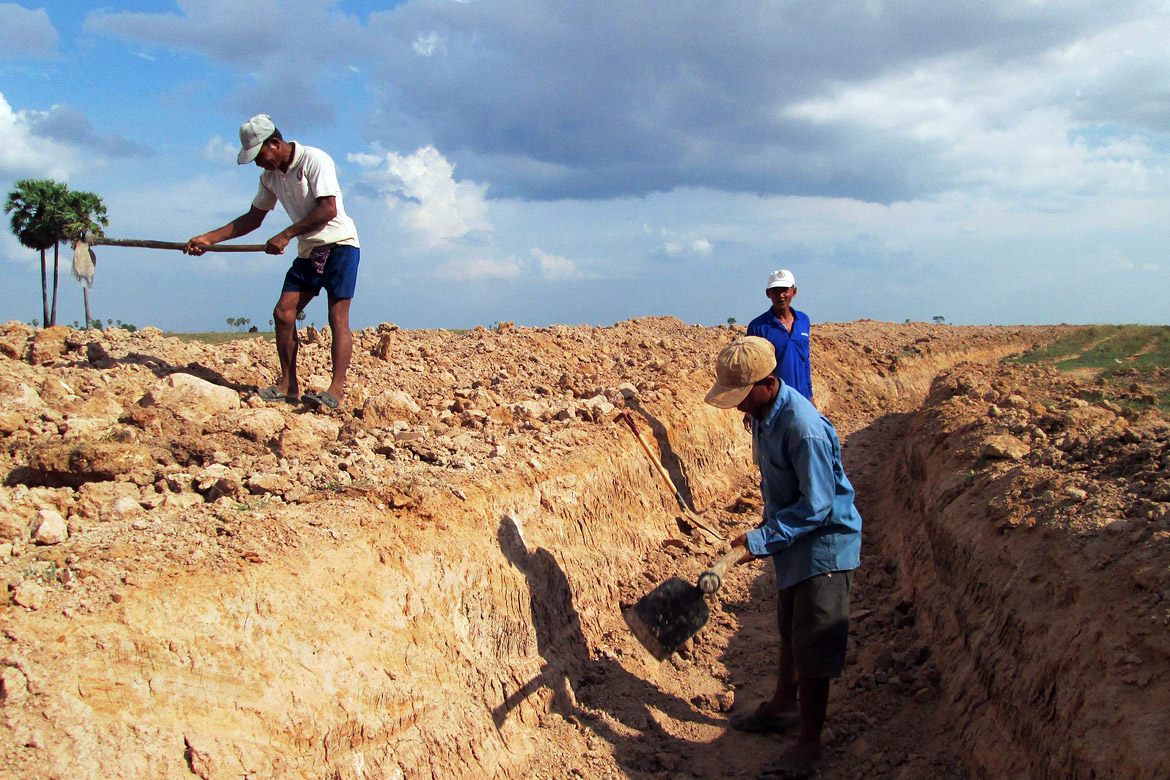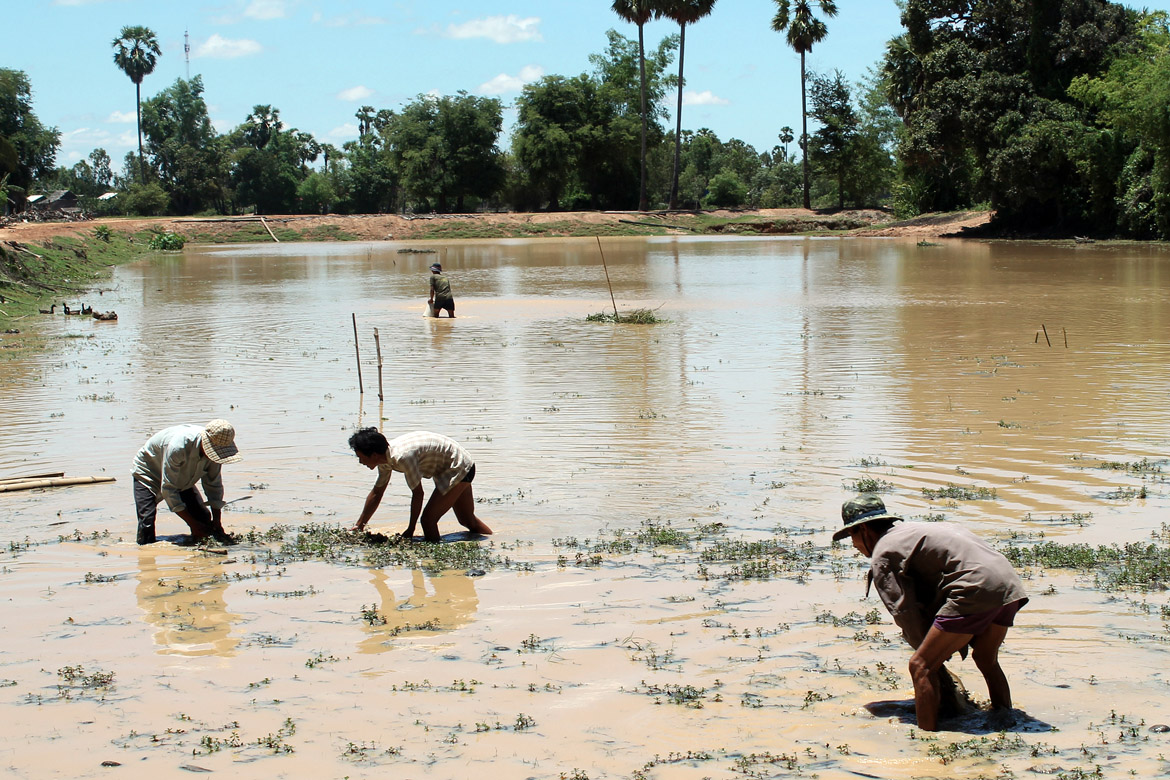-

Community fish refuges
boost fish production
in Cambodia
Improved management of community fish refuges has boosted the fish production of poor households around Tonle Sap Lake in Cambodia by 71%
Rice field fisheries – the fishing that occurs in and around flooded rice fields during the wet season from July to February – are a vital source of food and income for almost all rural households in Cambodia.
Fishing in flooded fields is an attractive livelihood option, particularly for poor people, because it requires relatively little capital investment and land ownership. Yet these fisheries, which contribute 20-25% of the country’s inland fish catch, are often poorly managed and have low productivity.
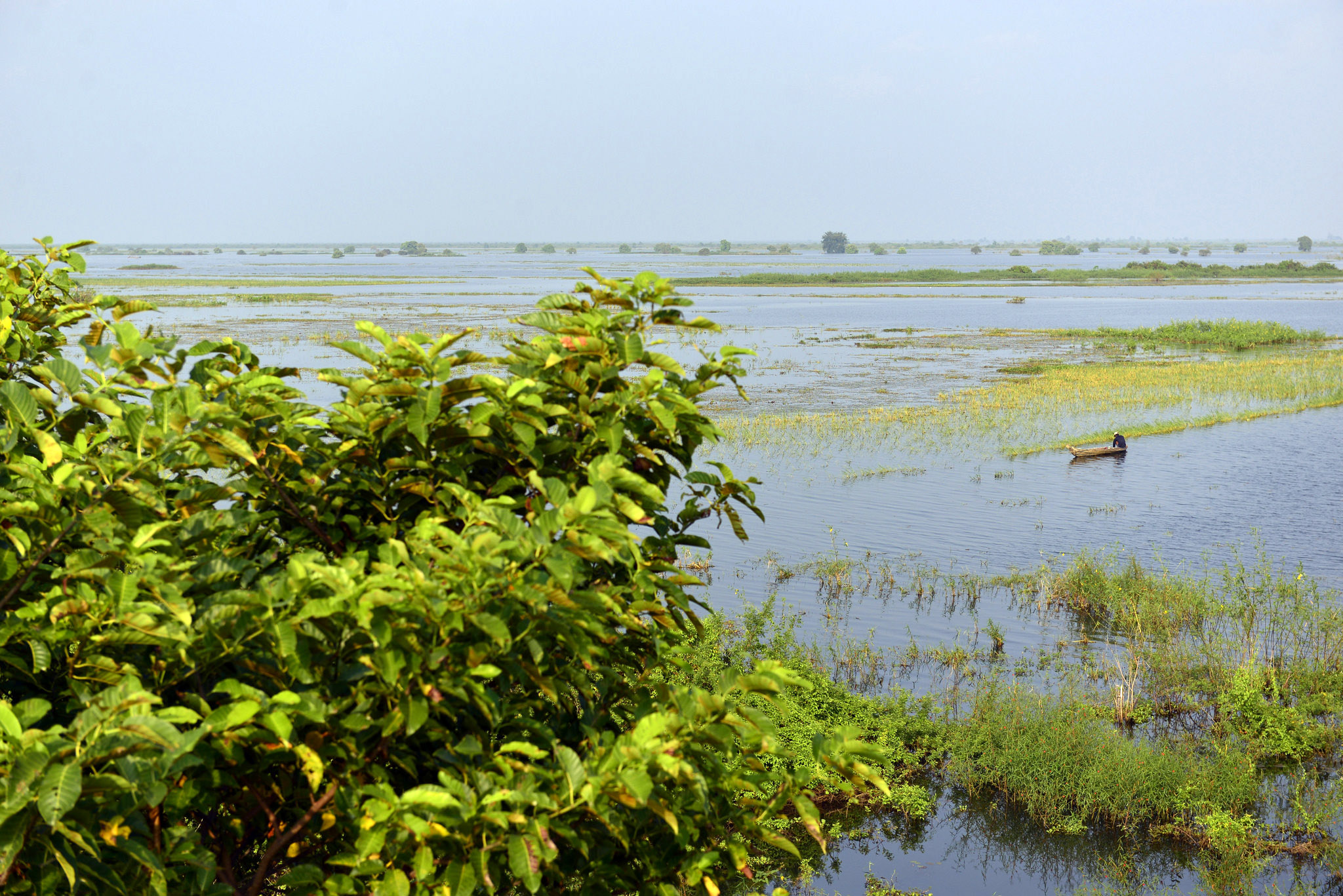
During the rainy season, rice farmer Phan Phoy, could catch 5 kg of fish and 8 kg of other aquatic animals and plants each week from nearby flooded rice fields in his village of Chork Thom in Battambong province. It was enough to feed his seven-child family, but there was never any surplus to sell.
Increasing the productivity of these vital food production systems was the goal of the USAID-funded Enhancing Rice Field Fisheries project that ran from 2012 to 2016.
To achieve this, the project worked to improve the management of community fish refuges (CFR), which are natural or man-made ponds/pools that hold water throughout the year and provide a dry season sanctuary for brood fish.
Benefits for the community
Research shows that a CFR, with improved management, can significantly improve fish productivity of the rice field environment in a relatively short time period (as soon as one year after the intervention).
The project made physical improvements to 40 refuges that enabled better water retention and improved the connection between the pond and rice fields during the wet season.
Over 400 various improvements were made at the 40 project sites in the Kampong Thom, Siem Reap, Pursat and Battambong provinces surrounding Tonle Sap Lake, where dependence on rice field fisheries in greatest. This directly benefitted an estimated 18,377 households, or 86,372 people.
In parallel, the project provided training to 434 CFR committee members (369 men and 65 women), who are local volunteers elected to oversee the CFR. Most CFRs are community-owned and on open access grounds, therefore require effective collective governance to prevent overfishing.
Now, during the rainy season, my family and I can catch more from the flooded rice field – about 50 kg of fish a week” - rice farmer Phan Phoy
In addition, training was provided to school teachers, local authorities, local police officers, and NGOs working in the same target areas.
“Before, everybody tried to catch fish in and around the CFR as much as possible using any technique. No one cared about what fishing gears they used,” explains Phoy.
“Now, the community knows how to better manage the CFR by prohibiting illegal poaching, patrolling, improving the outlet and inlet, deepening the pond, removing weeds, and working with local authorities,” says Phoy, who became a committee member of Ang Chork CFR in 2012.
“We’ve created an action plan to manage and improve our CFR, and I know the community will carry it out.”
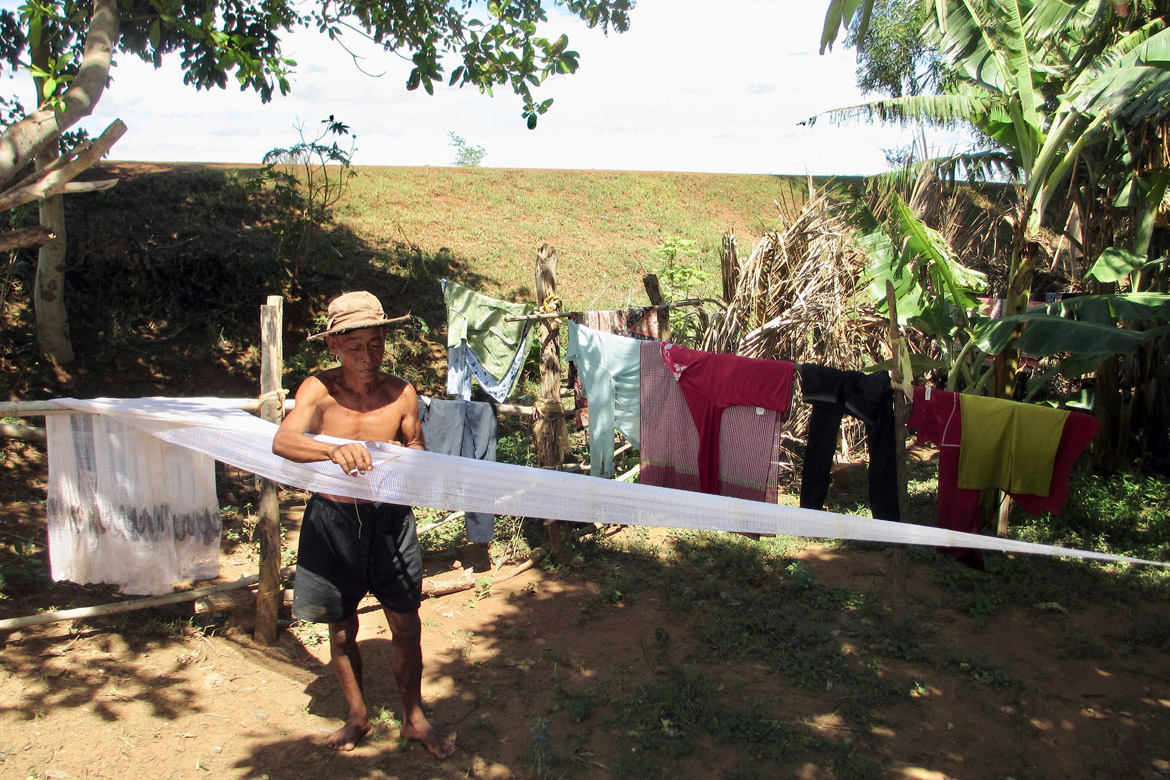
Increased fish catch
As a result of the CFR improvements and training, households living around the 40 project sites experienced a 9% increase in fish catch, from 211 kg in 2012 to 230 kg in 2015. This was despite widespread drought conditions in 2015 that caused lower fish productivity throughout the country.
The poorest quarter of households, who depend heavily on rice field fisheries, saw the biggest jump in production with a 71% increase over the same period.
Fish productivity per hectare of rice field also increased by 20 – 120% between 2013 and 2015, on average from 78kg/ha/yr to 99kg/ha/yr.
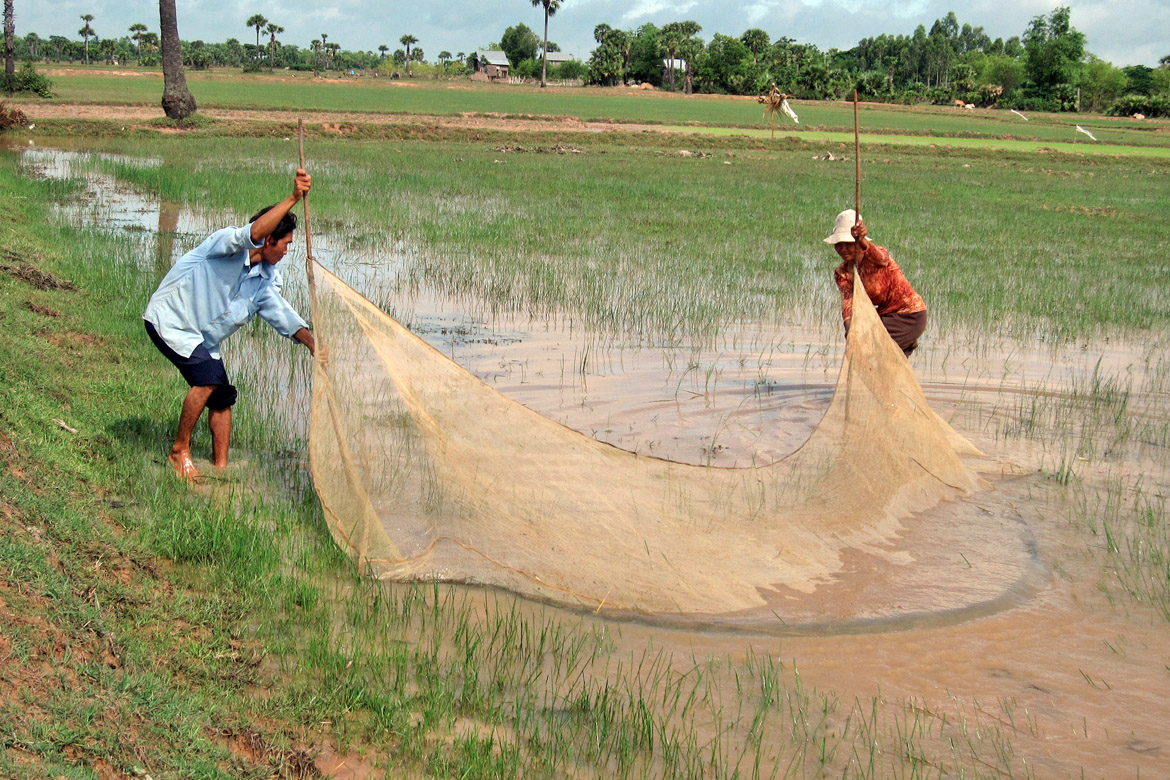
The communities were thrilled with the results.
“Over the last couple of years, myself and my community have been able to catch more fish from the rice field system,” explains Phoy.
“Now, during the rainy season, my family and I can catch more from the flooded rice field – about 50 kg of fish a week.”
With the larger catch, Phoy and his family are consuming more fish, helping boost their intake of protein and essential micronutrients such as iron, zinc and vitamin A that are needed for a healthy life.
Phoy and his family use some of the surplus fish to make and store fish paste, smoked fish and dried fish for the dry season, when it’s not possible for them to catch fish from the rice fields. The remaining fish he sells for an income, with the money used to buy groceries, pay for his children’s school fees and purchase more fishing gears.
The project found that for those households who reported selling fish, the average increase in cash income from selling fish in 2015 was ten times that in 2012.
A bright future
The project’s efforts to improve CFRs are supported by the Royal Government of Cambodia’s Strategic Planning Framework for Fisheries: 2010-2019, which promotes the development of 1200 CFRs in 75% of all communes by 2019.
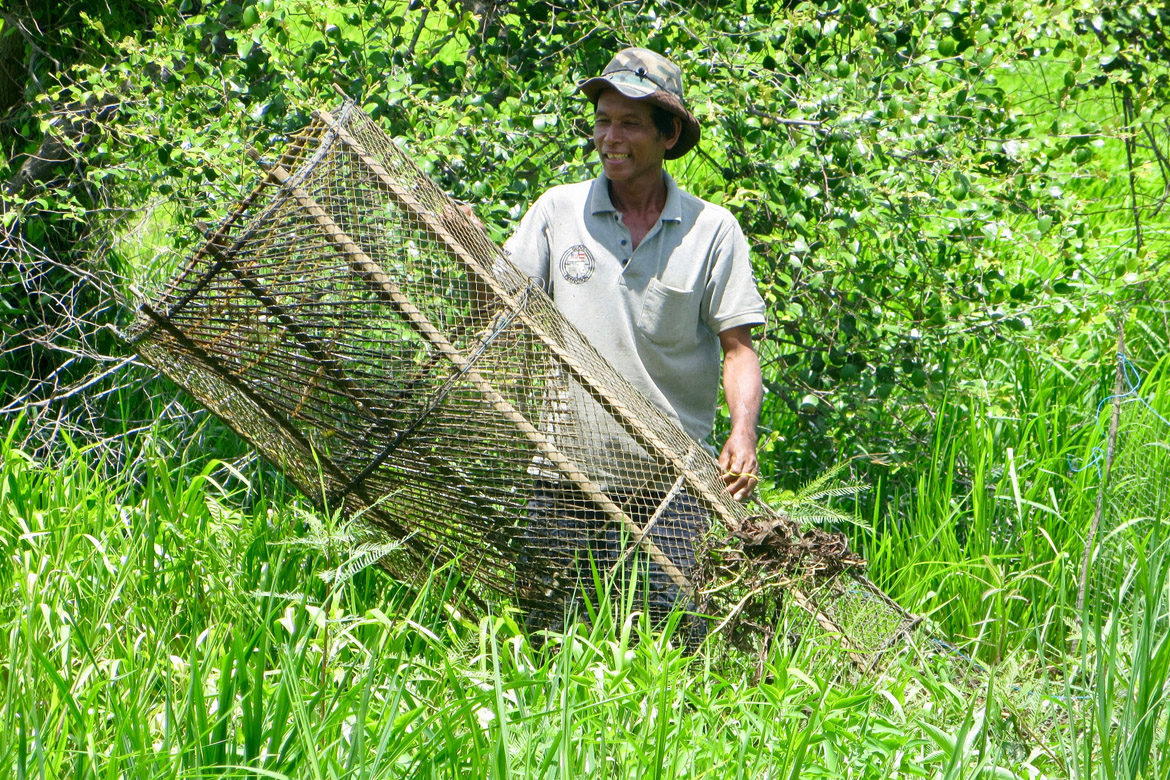
Now, phase II (2016-2021) of the project will carry on the work started in phase I (2012-16). Activities include rolling out the sustainable management practices for CFRs to 100-120 CFR locations, developing a water management model for CFRs, and promoting the nutritional benefits of fish.
Scaling out these best-practice methods will ensure that fish, the second most consumed food after rice and accounting for 61% of animal source protein intake for households, is available and accessible to all poor and rural families.
Project
Enhancing Rice Field Fisheries in CambodiaDonor:
USAIDRelated sustainable development goals


Tags
Asia, Cambodia, nutrition, food security, resilience, health, resilienceImpacts
people directly benefitted from the improvements made at the 40 project sites
increase in fish catch between 2013 for 2015 for households living around project sites
increase in fish catch between 2013 and 2015 for poorest quarter of households living around project sites
increase in fish productivity per hectare of rice field between 2013 and 2015
Related publications
Photo credits - WorldFish.


